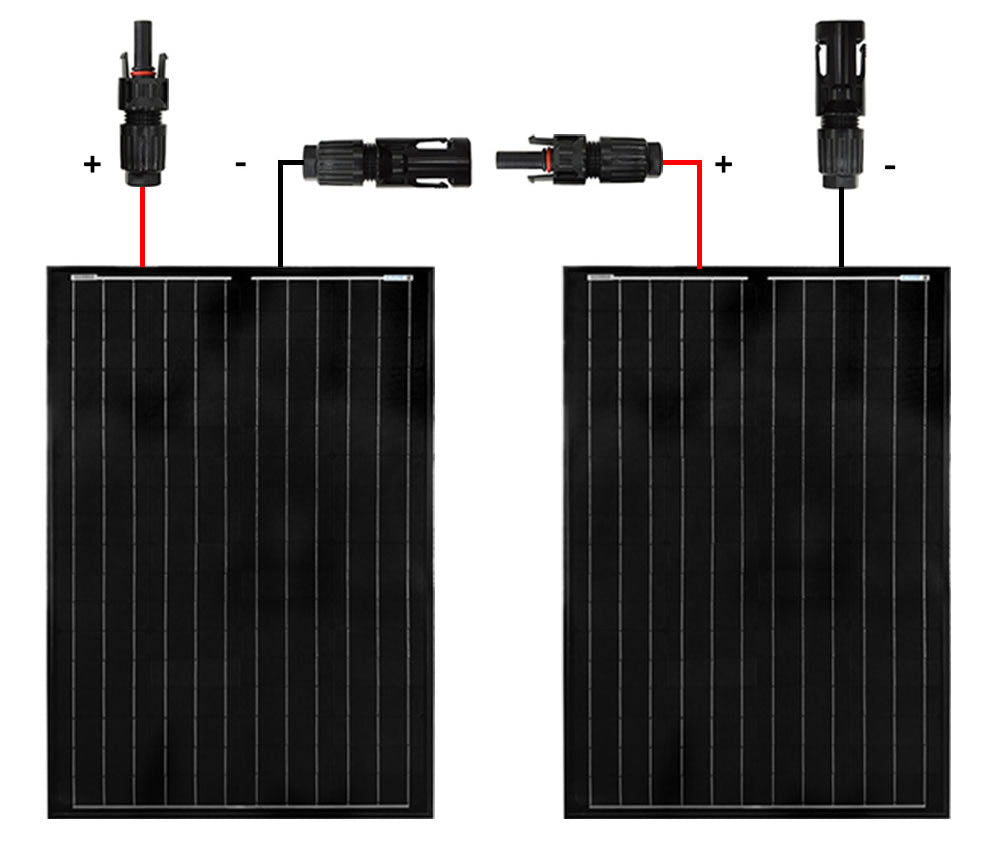Subscribe Here
Be the first to receive our latest news and exclusive deals! Subscribe now.
It is very important for us to know more about the working principle of the solar system. It should be no obstacles to designing your projects by yourself.
The solar kit consists of all the components that you will need to charge and discharge your battery bank. There is two types of solar kits: On-Grid system and Off-Grid system. Depending on your application and power requirements, you will choose one or the other.
ACOPOWER will give you a guideline for an off-grid system.
Off-Grid kits are user-friendly, a DIY systems that requires a battery bank as they do not connect to the electrical grid.
NO1: Determine your system type:
If you are trying to power smaller applications such as RVs, vans, boats, tiny homes, etc., an off-grid system tied to a battery bank is a good choice. If you are want to power a house, cabin, commercial building, or a large-scale structure, it will be more practical to go with an on-grid system than an off-grid one.
NO2: Confirm the size of the solar system.
Here we have talked is fit for an off-grid system.
Please make a list of all the devices you plan on running. Get the wattage information, or the amps and volts of the product, and provide an average run time per device. With that information, we can size an appropriate system that will run effectively and efficiently
NO3: Set up your solar system. For an off-grid system, we would recommend consulting with an installer, electrician, or contact us for guidance and support.
Once everything is set up, your system will start generating power as soon as the sun comes up. Please email or call us for any support.
This section will help you understand clearly.
PARALLEL
Connecting your panels in parallel will increase the amps and keep the voltage the same.
Parallel connections are mostly used in smaller, more basic systems, and usually with PWM Controllers, although MPPT is also applicable.
Parallel System is usually utilized in 12V systems with multiple panels, and to keep your charging capabilities 12V.
The parallel systems have high amperage, it is difficult to travel long distances without using very thick wires.
Here is the 100w solar panel spec sheet
Systems as high as 1000 Watts (100w in parallel ) might end up outputting over 50 amps which is very difficult to transfer, especially in the systems were your panels are more than 10 FT from your controller, in which case 4 AWG or thicker wires which can be more expensive in long run. Also, paralleling systems require extra accessories such as T/Y Branch connectors.
SERIES
Connecting your panels in series will increase the voltage level and keep the amperage the same.
Series connections are mostly used in smaller systems with an MPPT Controller. The MPPT Controllers actually could accept a higher voltage input, and also could charge your 12V or more batteries. It is the main reason why the series connections are utilized with MPPT controllers .
The benefit of series is that it is easy to transfer over long distances.
The disadvantage of series systems is interaction. When panels are wired in series, they all in a sense depend on each other. If one panel is broken or shaded it will affect the whole system. But it will not occur in a parallel connection.
SERIES-PARALLEL
The charge controller is the main factor to determine the connection mode. Charge controllers have the fixed-parameter to accept a certain amount of amperage and voltage. For the larger systems, in order to stay within those parameters of amperage and voltage, we have to be creative and utilize a series-parallel connection.
A Parallel connection is accomplished by joining the positives of two panels together, as well as the negatives of each panel together. It usually needs extra equipment T/Y branch connector to connect. The branch connector has a Y shape, and one has two inputs for positive, which changes to one, along with two inputs for negative, which changes for one. Please see the picture below.


SET UP YOUR SYSTEM IN SERIES.
A Series connection is created via wiring the positive of one panel to the negative of the other panel together. No need any additional equipment except for the panel leads provided.
Please see the diagram below.

SET UP YOUR SYSTEM IN SERIES-PARALLEL.
Series-parallel connections are achieved by using both serial and parallel connections. Every time you group panels together in series, whether is 2, 4, 10, 100, etc. this is called a string. When doing a series-parallel connection, you are essentially paralleling 2 or more equal strings together.
Please see the diagram below.

As you can see this series-parallel connection has 2 strings of 4 panels. The strings are paralleled together.
Be the first to receive our latest news and exclusive deals! Subscribe now.
Thanks for subscribing!
This email has been registered!